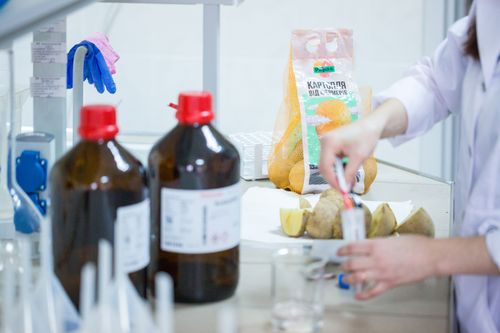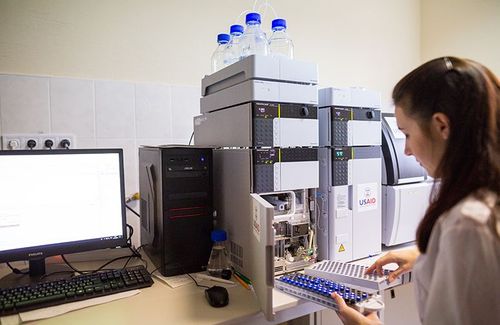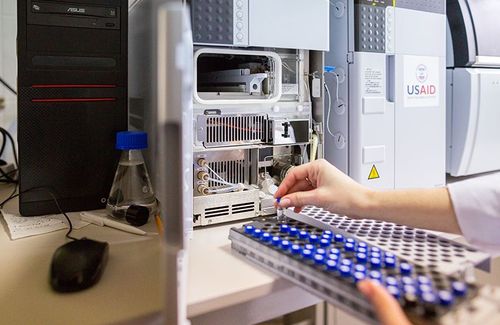Pesticide analysis
The problem of accumulation of pesticides in soil and in crop products due to their incorrect, in particular excessive use, is not new for Ukraine. However, it is now becoming very relevant. After all, our country is gradually entering the international market of agricultural products, where the rules of the content of pesticide residues are clearly regulated. And Ukrainians themselves are beginning to pay more attention to food quality.
Of course, modern agribusiness is hard to imagine without the use of chemical components. But precisely the violation of the technology of processing crops becomes the first reason for the accumulation of toxic substances in natural ecosystems. Pesticides have cumulative properties and can be stored in the soil for 8-12 years after application. They are adsorbed by particles of soil and humus, accumulate in soil organisms, can enter into chemical reactions. In addition, excess pesticides can cause a decrease in soil fertility, as they largely inhibit its breathing and self-purification, slow down the process of nitrification, reduce biological productivity and the normal functioning of soil microbiocenoses. Pesticides come from the soil in plants, resulting in the loss of the safety of consumption of crop products, as well as their nutritional value and taste.
Among the physicochemical methods, chromatographic techniques are the most effective. So a liquid chromatograph with a three-quadrupole mass spectrometric detector using the PLT agrochemical laboratory has a high sensitivity - up to the third decimal point, which allows to shorten the sampling procedure and reduce the cost of the analysis. That is why using the liquid chromatography method, defining up to 700-900 compounds in one sample.
Experts of the laboratory carry out both qualitative and quantitative analyzes. Qualitative, in turn, provides identification of the active substance of a pesticide according to the chemical formula (detected / not detected). And its content is determined by quantitative analysis.
PLT offers analysis of pesticide residues in the following environments / products, namely:
- Ground (qualitative analysis), recommendations for sampling
- Fruits, vegetables and berries (quantitative analysis with maximum residue limit), recommendations for sampling
- Cereals (quantitative analysis with maximum residue limit), recommendations for sampling
- Determination of the active substance in the pesticide (quantitative analysis), recommendations for sampling
- Determination of the active substance of the pretreatment in the proven seed (quantitative analysis), recommendations for sampling


